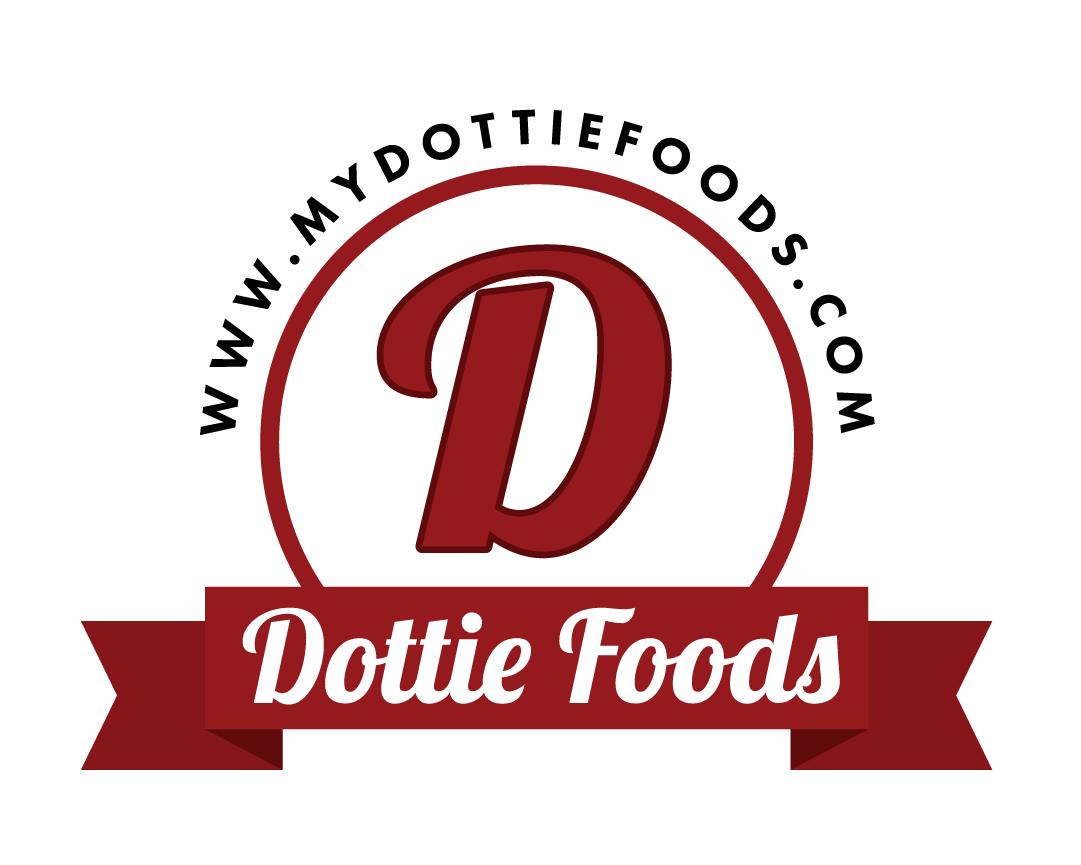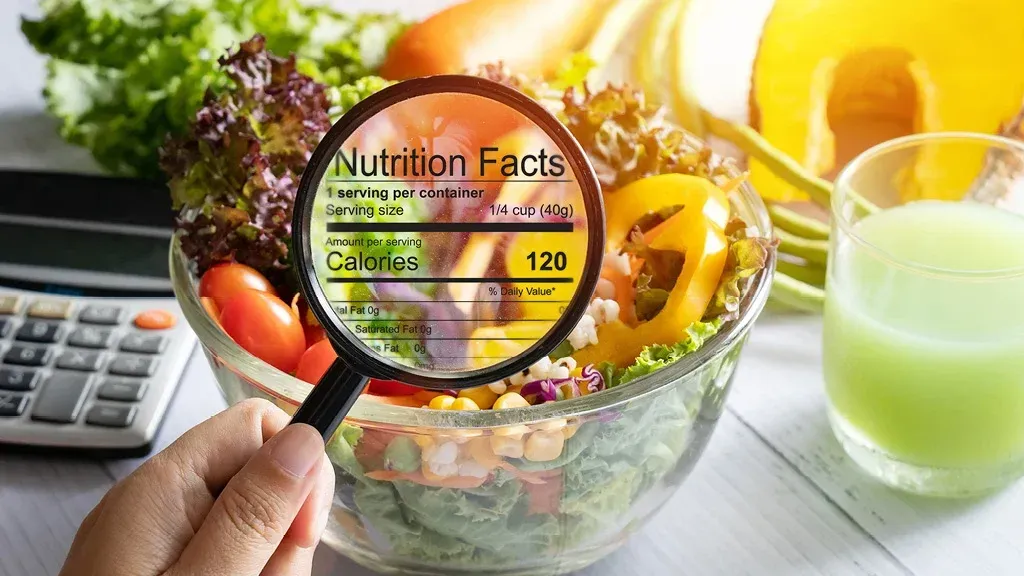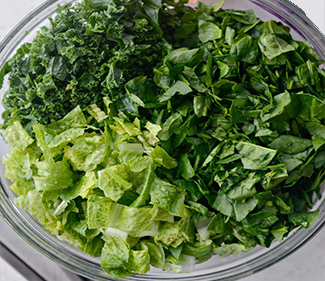
Working in a busy kitchen or dining with neighbors and friends, it seems everyone is omitting something from a chef’s signature dish or favorite recipes from the family recipe box. Every chef or home culinarian must know ingredient details to serve and satisfy the ever increasing approximate 20% of our population needing allergen attentions.
One of those steps in grasping that knowledge is knowing the FDA’s
(Food & Drug Administrations-www.fda.gov) 9 major allergens foods or food groups account for 90% of food allergies.
They are milk, eggs, fish, shellfish (Crustaceans), tree-nuts, peanuts, wheat & soybeans. Yes, there are others on that growing list. Those other sensitivities and allergens require those folks to seek a more medical approach for their solutions.
Here we are taking a broad brush look at the FDA’s “8” to ensure we understand their impacts in food preparations and consumption.
Milk (or Dairy in general) have differing levels of lactic acid and casein a protein. If our body lacks the necessary enzymes to digest most dairy that causes an allergenic condition.
Egg allergy pertains to chicken eggs; but not exclusively. IN-ability to digest the proteins can cause a hives condition
Fish Tuna to trout (salt water & even fresh waters) & Shellfish are issues for some at mild to extreme levels.
Peanuts are separate from tree nuts because they grow on bushes and can be highly allergenic. (Peanut butters, snacks, toppings, etc.)
Tree-Nuts (walnuts, pecans, almonds, cashews, Pine & Brazil Nuts) lead the pack. The sensitivities are so intense that even food facilities that inventory and may produce other products that have nuts of any kind can impact a allergenic reaction to the point of death to those of the highest intolerance
Wheat+ Barley, Rye, Spelt have levels of Gluten (protein) and cannot be classified as (GF) Gluten Free. Look to Quinoa, Rice, Millet, Oat, Buckwheat, Sorghum to eat a GF diet.
Soybeans, a legume, are the newcomer to the group. Most reactions are in children & infant reactions. In www.verywellhealth.com the article “Overview of Soy allergy” by Dr. Daniel More is a good comprehensive resource for causes & risk factors.
When we started in 2012, we addressed celiac (wheat allergy & gluten intolerances by developing GF Roux. A thickener for soup, sauce & gravy alternative that thickened without using wheat flour. That was in a simpler time; In today’s world with the increase of allergies a more versatile solution is needed. We developed GEN ll Roux. As so named, it solves the allergen concerns in every kitchen for the BIG 8 allergen diets when preparing soups, sauces, gravies and puddings.
Dottie Foods produces GEN ll Roux with full awareness of the importance of being an allergen free product. We do our level best to make this product as safe and pure allergen free as commercially possible. Request a sample today and test out GEN ll Roux to become your versatile thickening agent of choice.


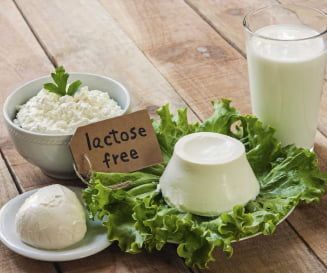
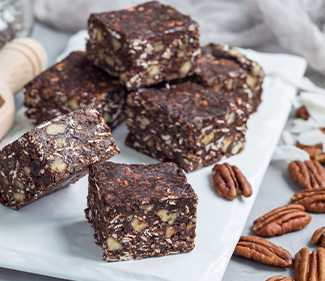
All Rights Reserved | Dottie Foods
